3 Secrets of Top Copywriters That Can Transform Your Content Marketing
The average human attention span fell to 8 seconds in 2015. Our struggle with mindful reading is a consequence of the digitized world we live in. Though smartphones and the internet have made our lives easier, they’ve also made us a little bit more impatient and restless. The information explosion has empowered us with choice, while simultaneously overwhelming us with so much of it that we’ve started to prefer images, videos and infographics over textual content.
All this is a hard pill to swallow for content writers everywhere. It is a warning that unless we step up the quality of our blog and social media content, we will fail to engage our audience and amass a loyal readership.
During times like these, a back to basics approach can be heartening : quite possibly, in our effort to stick religiously to our content calendar and manage everything else that goes with being a content writer, we may be committing heinous errors that go against the principles of good writing and fly in the face of copywriting best practices.
And who better than Ogilvy, Burnett and Powers to disclose the three secrets that can make our content significantly less uninspiring and facilitate a rewarding read for our audience.
The Headline is the Vital Hook
When you have written your headline, you have spent eighty cents out of your dollar – David Ogilvy
Know what you’re selling and who you’re selling to
Ogilvy famously created hundreds of headline drafts before finalizing that one spectacular title that did what he promised his clients (see a famous example below). No doubt he was a talented wordsmith, but he took time to understand everything about the product he was selling. Time-poor content writers cannot afford to create 10 drafts, let alone a hundred. But if we have a thorough idea of what we’re selling, its value to the target audience, and the pain-points or aspirations of this audience, we will be setting the foundation for a compelling headline.
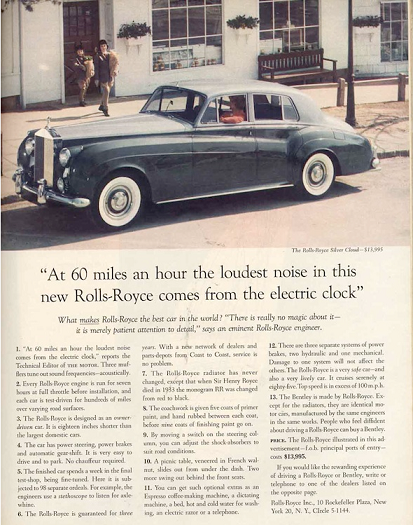
Be specific and creative
A punchy headline is a great motivation to click. Except when it’s a clickbait article, which is ill-advised. For SEO’s sake, you may want your headline to be relevant to your story’s content. Still, you can get specific and creative with the phrasing to capture attention and indicate that you have exactly what your target readers wish to know.

As an example, let us consider the headline of this post. It promises secrets, so you have the chance to get in on something not known to many. It specifies exactly three secrets, so you know what’s in it for you. It promises to transform your content marketing, raising your expectations and making you wonder if you may miss out on good advice.
If the headline had read “Copywriting tips for Content Marketers” or “Three Best Practices of Copywriting” or “How to Write Great Copy”, they would be less motivating to the reader. Even if you got a bit cryptic with the headline, say “The Best Advice Content Marketers Will Ever Get on Copywriting”, it would be a lot more intriguing than generic titles.

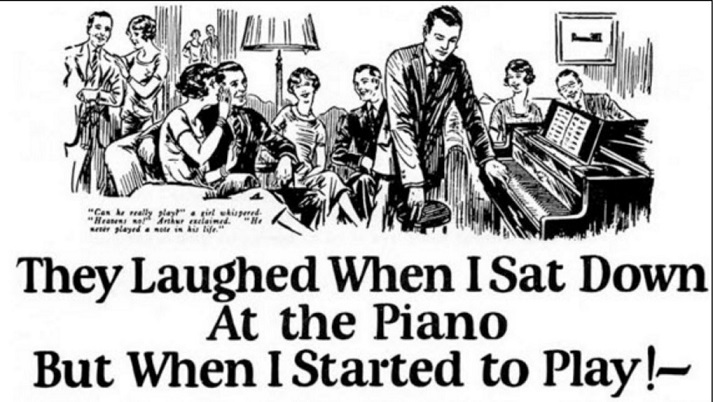
Experiment with negative headlines
Some readers tend to be wary of positive superlatives such as ‘best’ or ‘most’, and gravitate more towards words with a negative bias, such as ‘worst’ or ‘never’. The positives may seem like endorsements or simply cliché, while the negatives may make us wonder if there’s something we’re doing wrong or somehow seek to confirm what we already know we’re doing wrong. The example below makes use of negative subheads that have a good chance of appealing to people struggling to change their lives.
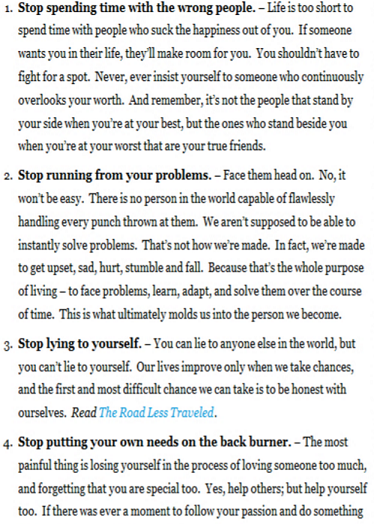
Pick the Best Topics and Ideas for Your Blog
We want consumers to say, ‘That’s a hell of a product’ instead of, ‘That’s a hell of an ad.’ – Leo Burnett
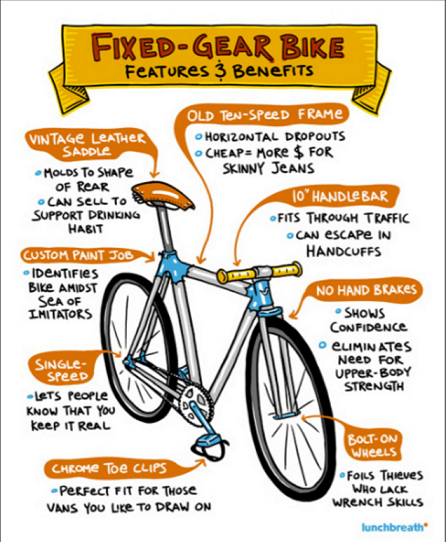
As much as possible, try writing on articles on trending topics related to your niche or create evergreen content that never expires, and reinforces your expertise. At the end of the day, you want readers to take away something useful and applicable and return with the expectation that you will continue providing content of value to them.
Sell content as if it were a product, talking about subjects that matter to your target audience, presenting thought-provoking information, experimenting with different formats : how-to, curated post, listicle, why, feature, FAQ, letter, interview, debate/argumentative, and so on.
Just as a good ad is completely product-focused and doesn’t get too creative for its own good, your post must emphasize ideas/points/matter over presentation. Posts that don’t solve a problem will offend readers and lead to trust-issues just as landing pages that don’t make a clear sale will waste your web design dollars and won’t boost sales.

If you’re hard-pressed to come up with topics for your blog, curate content from various authoritative sources to help customers understand an issue better or make an informed choice, and include your own insights for a dash of originality. Check out this post for more ideas.
Save time managing your social media accounts
Are you still managing your social media accounts directly from Facebook/Twitter/LinkedIn? Make your life easier by managing all your social media in one place, schedule posts, repeat posts, curate content and more. Try DrumUp now, it's free, forever.
Use Simple Language
Fine writing is offensive – John Emory Powers
The father of modern creative advertising eschewed the flowery phrases and hyperbole prevalent in early 20th century ads for plain, easily understandable language. He was a great believer in presenting facts and laying bare the absolute truth about the product, even if it wasn’t particularly flattering. One of his ads for neckties read :
They’re not as good as they look, but they’re good enough – 25 cents
Flowery prose and complicated words are needed in literature but not in branded content, which must get through to its audience without any ambiguity or confusion. Here again, we must factor in the attention span of readers and their inclination to look up ‘multivalent’ or transmogrify’ or ‘bordello’ all in the same article without losing interest.
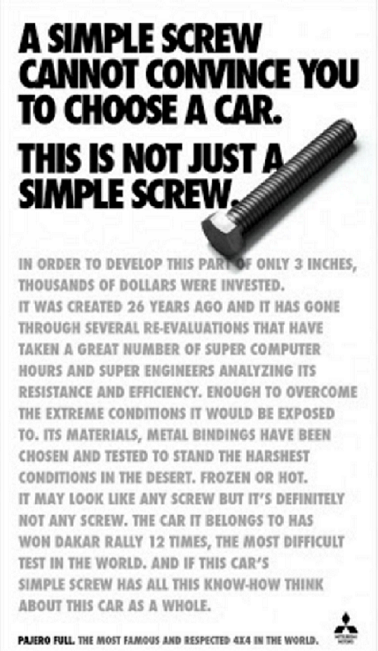
As far as promoting a product is concerned, Power’s insistence on fixing the untellable truth is not possible in today’s fiercely competitive business landscape. The best we can do as content marketers is to support our opinions and the benefits of our product with facts and figures.

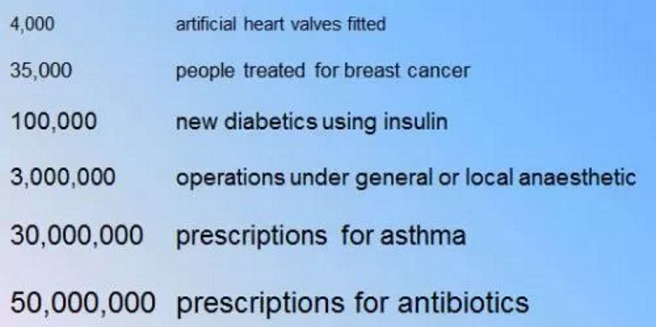
Image credit : Giphy